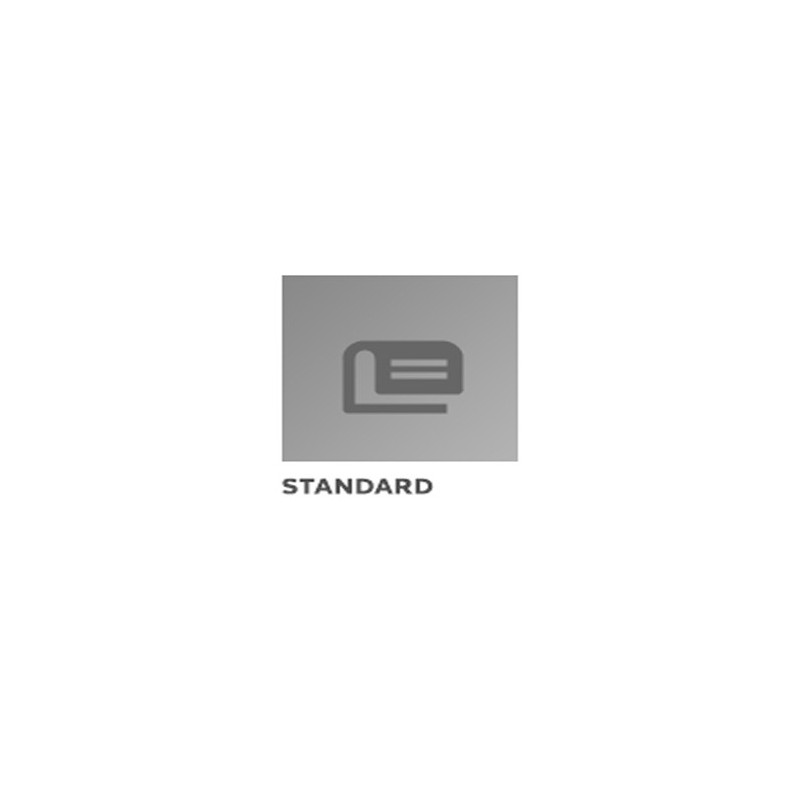Description / Abstract:
This document provides an industry recommended framework for
establishing a multi-party agreement to support approval of
electronic components (e.g., actuation system, reading light,
inflatable restraint, IFE, etc.) integrated in aircraft seats and
provide a framework that allows seat manufacturers to build and
ship completed, integrated, and approved seat assemblies with
electronics included. The primary purpose of this document is to
provide roles, responsibilities and accountabilities to meet AC
21-49 Section 7.b ‘Type Certification using TSO-approved seat with
electronic components defined in TSO design'. This document may be
applied to all applicable seat TSOs (C39(), C127()...etc).
The approval for the integration of the electronics will fall,
in part or in full, under the type design authority of the Seat
Installer rather than the Seat Supplier shipping the integrated
seat. The defined responsibilities, areas of authority and
accountability of each party, as well as necessary communication
protocols, must ensure configuration management, design control and
quality control. These definitions, controls and protocols are
agreed (thru normal commerical agreements and binding contracts)
and adhered to by all parties ensuring all parts in the supply
chain remain approved (e.g. certified and conformed).
Table A1 of Appendix A of this document contains information
which details the key characteristics of electronic equipment that
require review to ensure proper compliance with the TSO
requirements per Table 1 of AC 21-49.
Regulatory and Business Model
It is important to recognize that industry and the FAA have
different needs when it comes to getting a seat with electronics
approved for use in an aircraft. The FAA looks at certification
strictly from a regulatory point of view and to whom they issue the
various approvals. The FAA holds the approval holder responsible
for ensuring all aspects under that approval are met, regardless of
how industry establishes the business arrangements. For industry,
we have to meet regulatory obligations under each approval, but
have the flexibility of establishing business arrangements to
achieve those obligations. This document will define the
responsibilities from both a regulatory perspective and a business
perspective. Without commitment to establish and maintain these
business arrangements, success will not be achieved in meeting
regulatory responsibilities.
There are many different ways a seat with electronic components
can be approved for use in an aircraft. However, the guidance that
follows is based on one acceptable model that has widespread use
and involves three entities - a Seat Installer, a Seat Supplier,
and an Electronics Manufacturer as defined below.
Seat Supplier: The party that attains a TSO approval for the
seat with integrated electronic components. A TSO approval can be
either a TSO authorization (TSOA) or letter of TSO design approval
(LODA).
Seat Installer: The party that attains a TC (or STC) for the
installation and activation of the seat with integrated electronic
components in the aircraft. The TC/STC approval covers the seat's
installation into the aircraft and the installation and activation
of the electronic components into the aircraft.
Electronics Manufacturer: The party that manufacturers
electronic components to be used in the installation and
collaborates with both the Seat Supplier and the Seat Installer.
The Electronics Manufacturer may be a production approval
holder.


